Lavery Vallee was the most famous female bodybuilder of the Victorian era.
Categories: Celebrities | History | Sport
By Pictolic https://pictolic.com/article/lavery-vallee-was-the-most-famous-female-bodybuilder-of-the-victorian-era.htmlIt is difficult to surprise us with female bodybuilders. Some of them are so carried away by steroids that they have become not only more muscular than most representatives of the stronger sex, but also more masculine. And what did female athletes look like in the Victorian era, when hormonal drugs did not exist? It turns out that even then there were women who could outshine men with their physical form. One of such bright personalities was Lavery Vallee, who performed on par with men and often surpassed them.
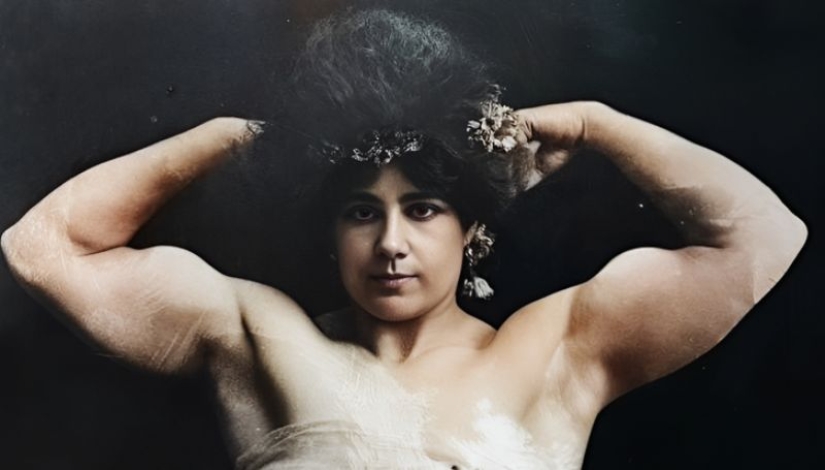
Lavery Vallee was born in 1875 in California, USA, to an ordinary middle-class family. Since childhood, she was distinguished from her peers by her special activity and, despite her parents' discontent, she preferred the company of boys. Lavery was not attracted to the traditional activities for women of the late 19th century: needlework, reading novels, dancing and gardening.
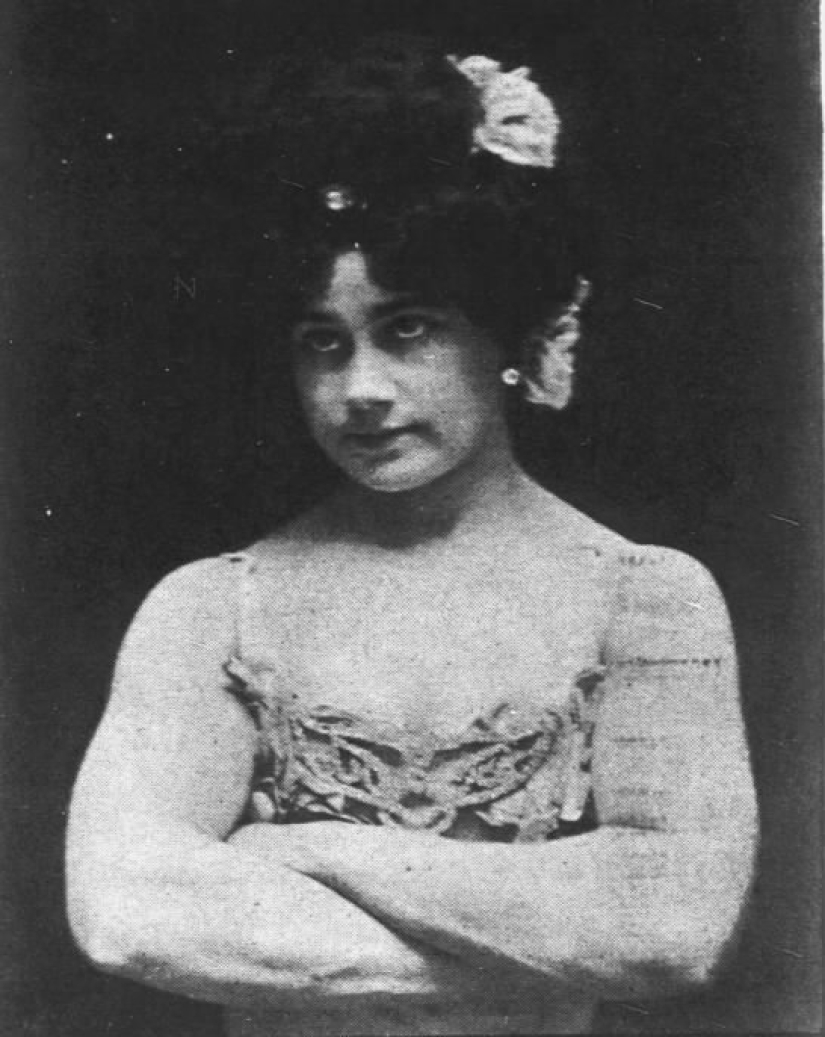
Valle dreamed of a circus career and, having barely reached adulthood, began to work towards her goal. The girl looked through newspapers and looked for vacancies in the circus, but for a long time she was rejected due to lack of experience. Luck smiled on Lavery in 1897. One of the circuses offered the girl to perform an acrobatic act.
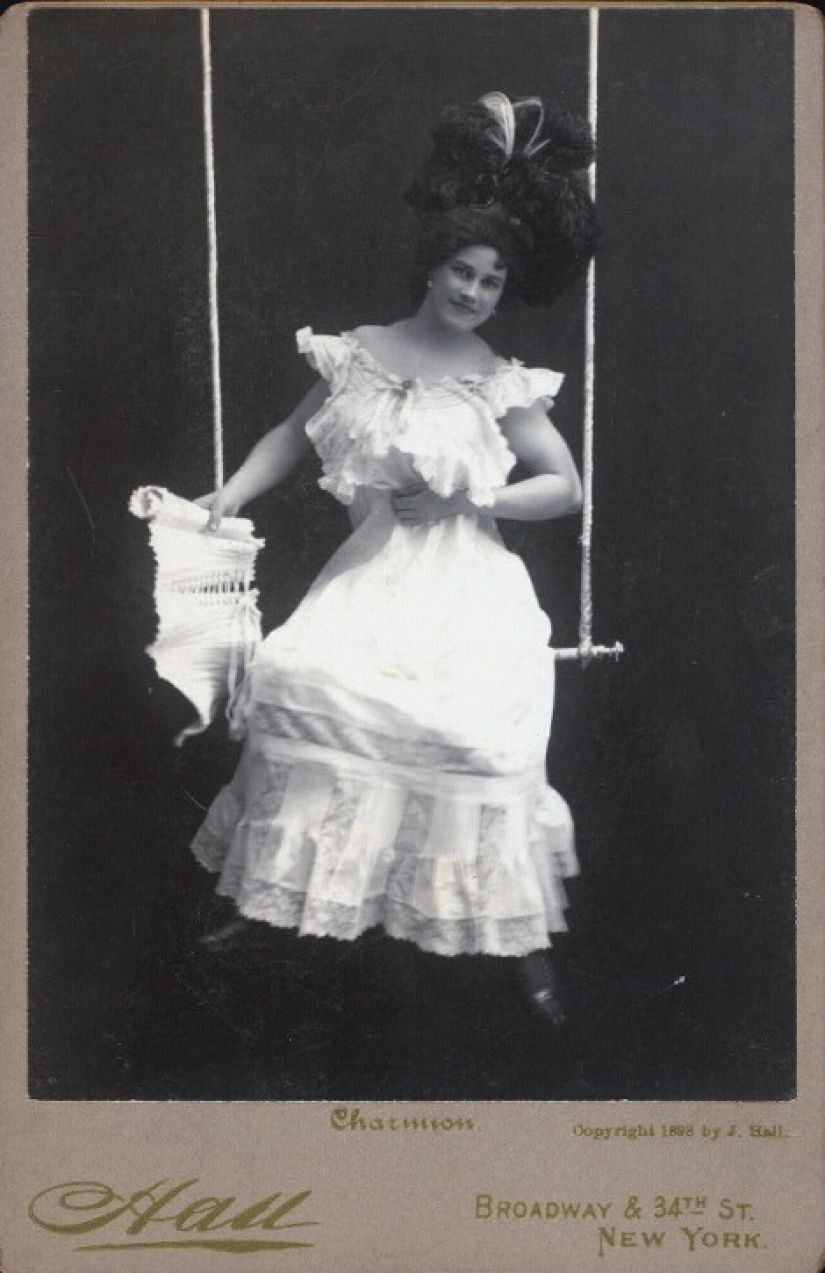
22-year-old Lavery was given to understand that they were taking her on probation and if they did not see results soon, they would replace her with another girl. But Valle did not miss the opportunity. She trained hard and in just 4 months showed stunning results. The athlete learned to perform complex exercises on the horizontal bar, rings and parallel bars, putting her colleagues, who had dedicated many years to acrobatics, to shame.
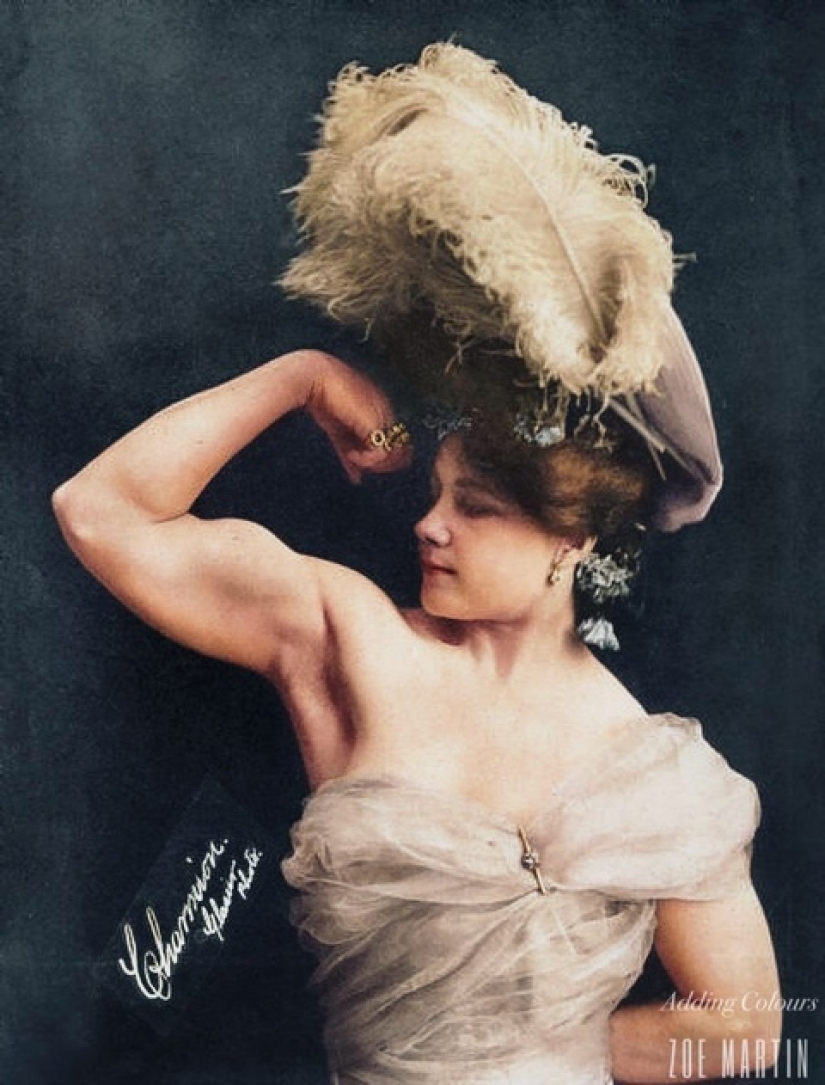
Before Christmas 1897, Lavery Vallee performed in public for the first time. Her debut was very unusual. The audience was amazed not only by the girl's strength and agility, but also by her developed muscles. Vallee amazed the audience by entering the arena in only a bodysuit and tights. This was at a time when women, even with strength and acrobatic numbers, performed in closed dresses.
After her first performance, Vallee's career took off. The girl took the sonorous stage name Charmion. She had no equal among women, so Lavery competed with men. She posed, showing off her sculpted muscles, lifted weights, performed difficult tricks, and even wrestled.
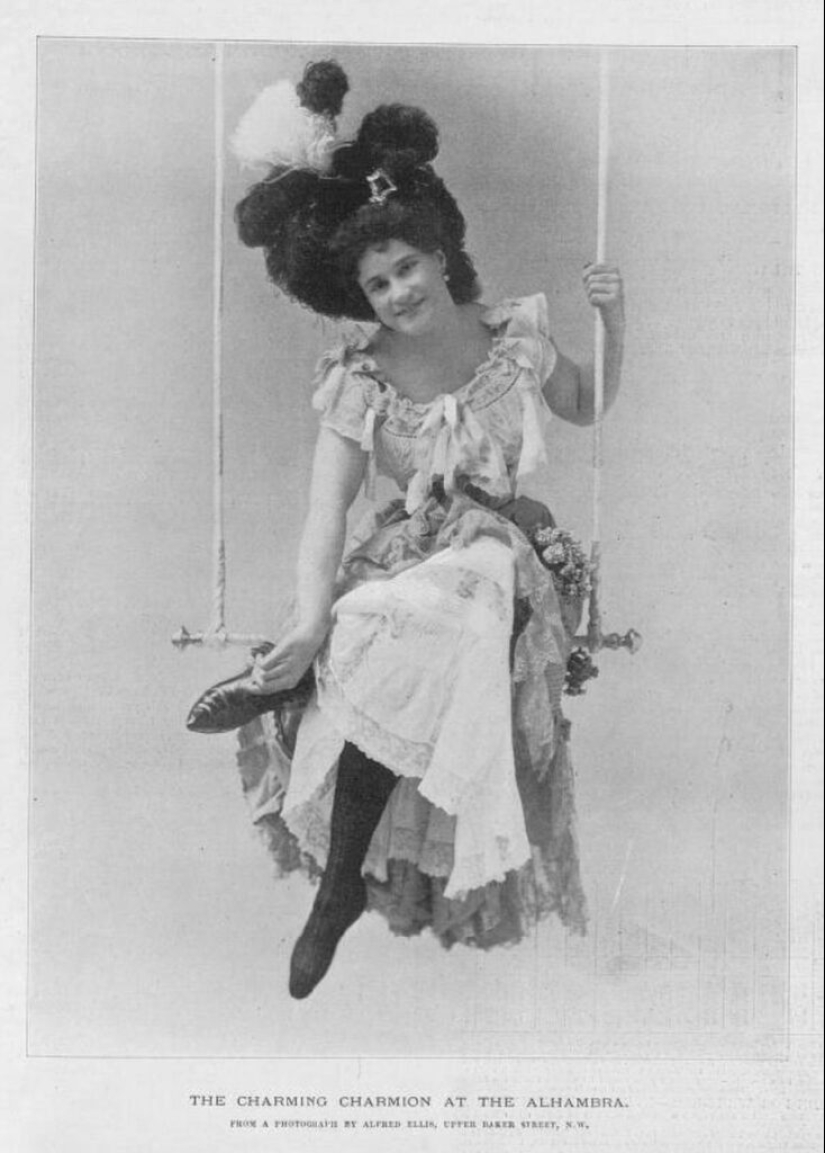
In a matter of months, Charmion became the number one American star. In 1901, Thomas Edison, the great physicist, made a 3-minute film about her. In this silent film, the athlete showed her most incredible numbers. The film began with the girl casually getting rid of her clothes, handing them to two men who enthusiastically applauded the artist.
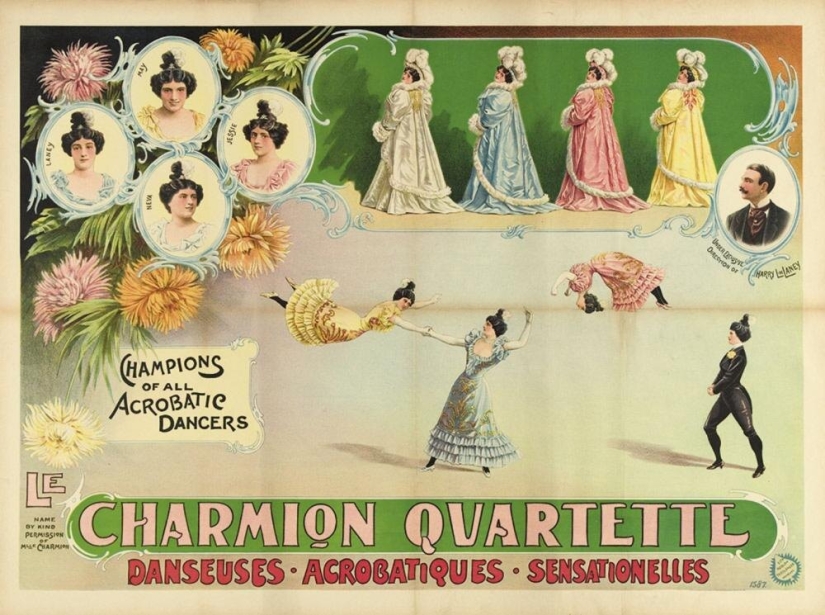
With this short film, Edison wanted to show that there is nothing vulgar about a beautiful, trained body, and finally change the idea of women's sports. He succeeded, and after Charmion, other female bodybuilders appeared who were not embarrassed to perform naked.
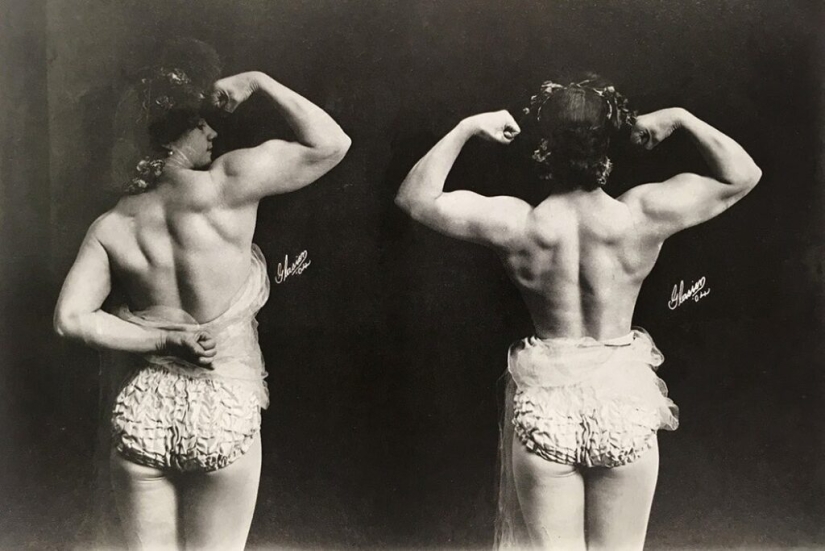
Charmion's popularity peaked at the turn of the century. The female bodybuilder performed at the Koster and Bial Music Hall in New York. It was one of the most famous venues in the United States, a dream for everyone. But Vallee was striving for growth and left the theater after a few years. She changed several circuses and even tried to organize her own troupe.
Unfortunately, Lavery Vallee was a great athlete, but a mediocre entrepreneur. Having conquered America, she went to Europe. She was introduced as a Frenchwoman to add charm to her image, but the athlete was not received so warmly overseas. No, the public was delighted with her, but in the European press she was called "vulgar, rude and unpleasant."
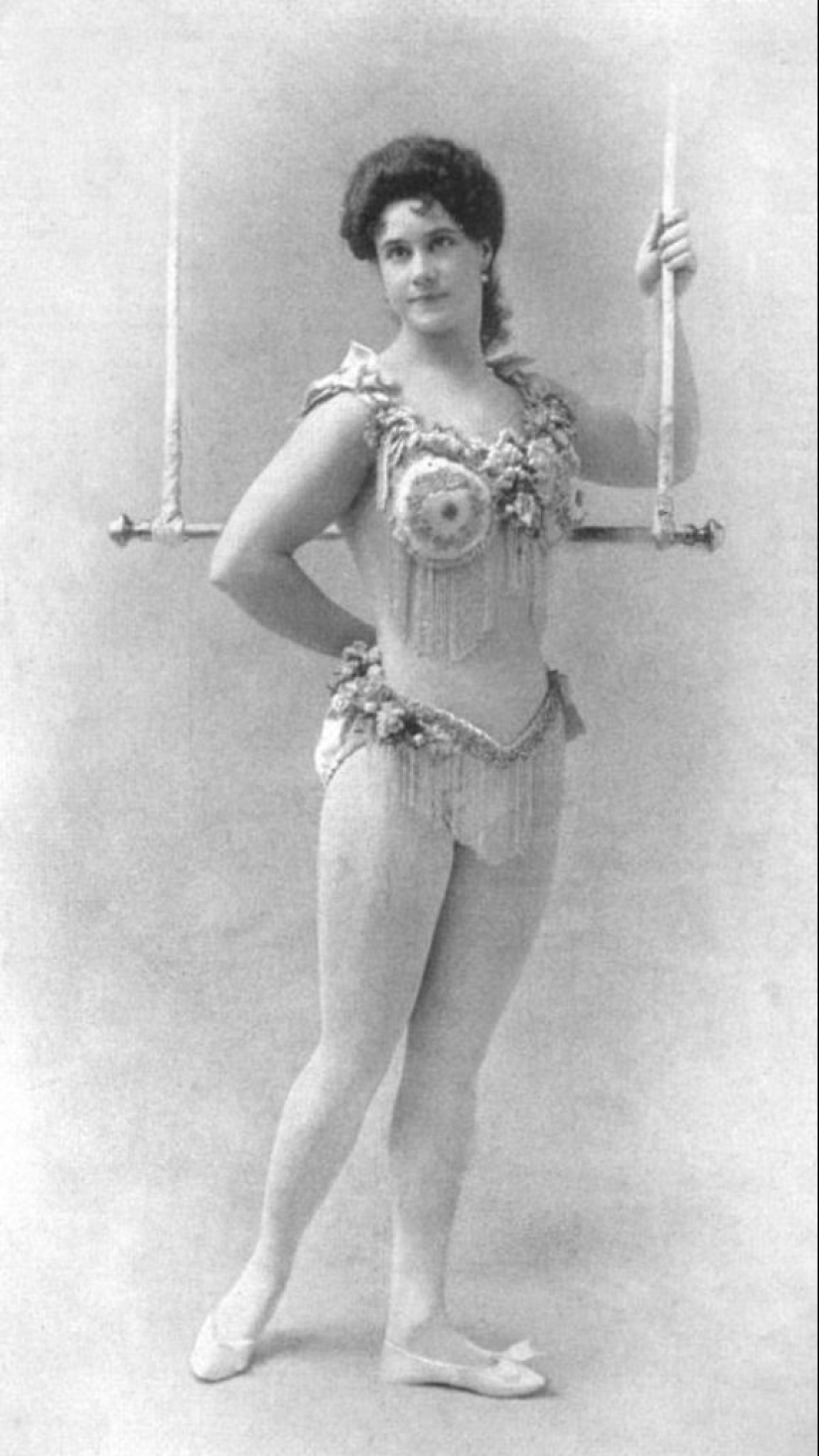
Without proper media coverage, Charmion began to lose popularity. At the beginning of the 20th century, Lavery married her coach, but their family happiness was short-lived. In 1905, her husband died, which greatly affected the woman's psychological state. By that time, her affairs were going very badly, and the athlete decided to end her career.
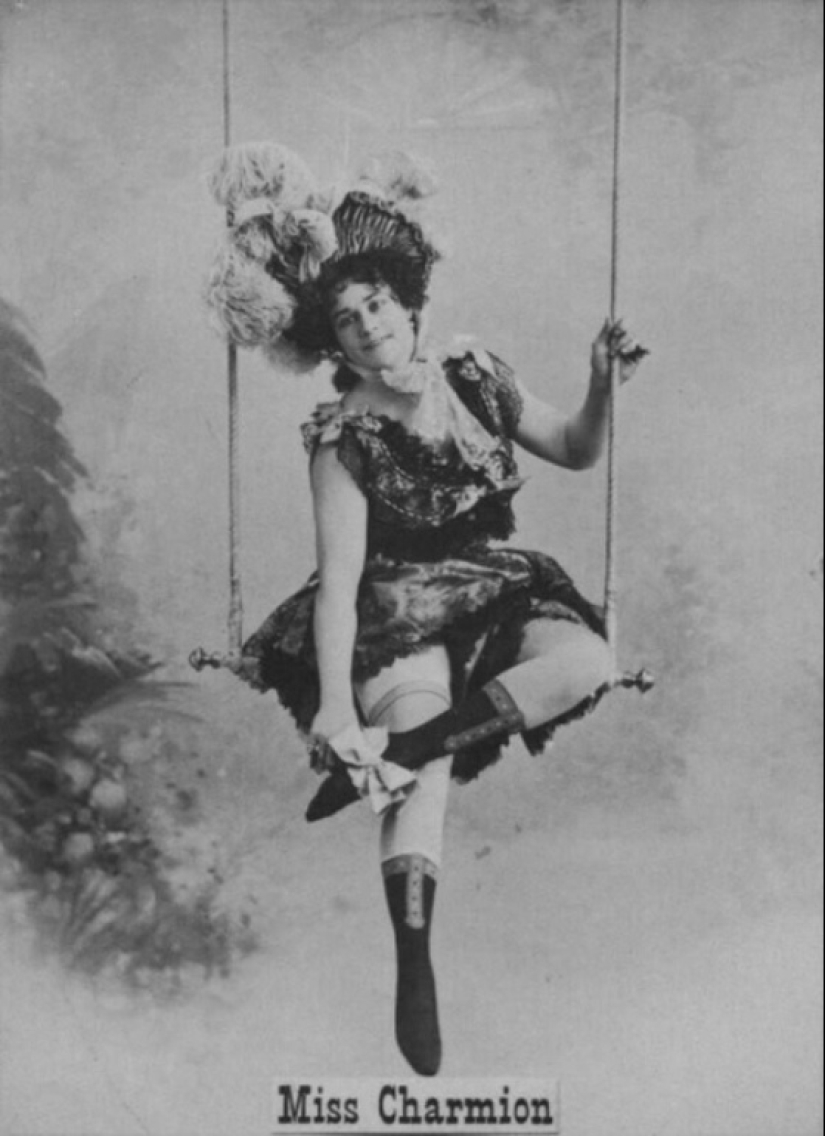
Charmion stopped performing, but did not leave the sport. She continued to train and share her experience with others. In 1912, Lavery married for the second time. Her new chosen one was again a man from her circle - a famous wrestler in the USA. Having traveled around Europe and the USA, the couple settled in Valle's homeland - California. What happened next is unknown. The most famous female bodybuilder of the Victorian era died in 1949.
What do you think of Lavery Vallee's legacy? What qualities of past female athletes inspire you? Share your thoughts in the comments!
Recent articles

In the summer, some of our compatriots prefer to fly away from their hometowns. Even those who are afraid to fly. If you are one of ...

The name “Shaolin” is well-known even among those who have little interest in oriental martial arts. However, we know quite ...

Everything is good in moderation — agree, a wise statement and actually a good rule to live by. Especially with regard to ...